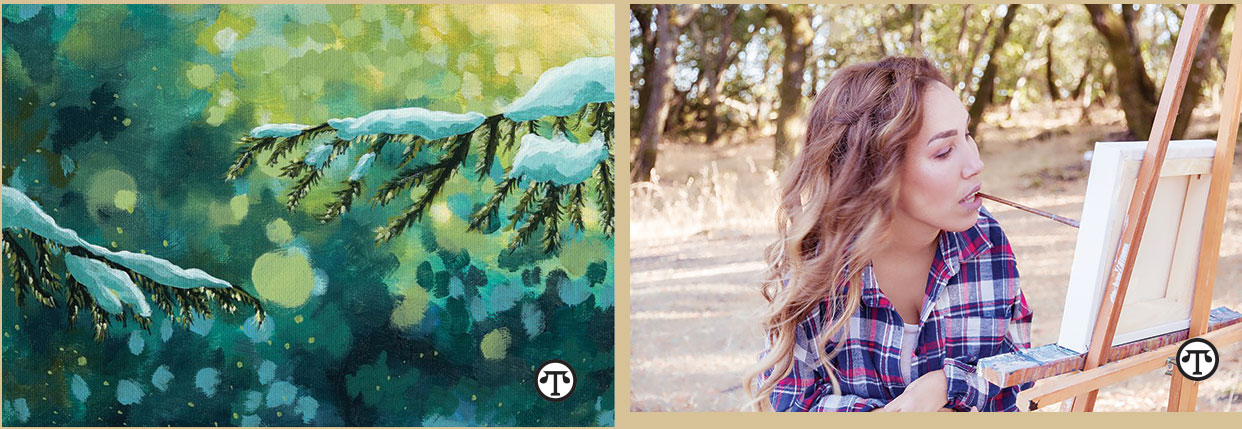
Alana Tillman at work.
(NAPSI)—Sending greetings cards has been an integral part of the Christmas tradition for generations.
The Past: It began in Britain in 1843, when Sir Henry Cole commissioned an artist to design a card that would enable him to share his Christmas message with others living in distant parts of the country. It soon became popular in America, too.
The Present: Greetings cards are still a great way to tell people you’re thinking of them. A personal, handwritten message inside a card says so much more than an electronic message ever could. Plus, it’s something they can proudly display on the mantelpiece or around the house, where it serves as a constant reminder of how much you care.
A Special Greetings Card
The Christmas card is particularly important to a group of talented, disabled artists called the Mouth and Foot Painting Artists (MFPA), this year celebrating its 60th anniversary. It began in 1957, when Erich Stegmann, who painted by mouth from childhood due to polio, decided to create a unique, international self-help group of disabled commercial artists who work without the use of their hands to achieve financial independence and a fulfilling life through art. Their motto is “Self-Help, Not Charity,” and they sell reproductions of their mouth- and foot-painted images directly to the public in the form of Christmas cards, calendars and a range of seasonal items.
One of these talented artists is Californian Alana Tillman, who creates her art by holding a paintbrush in her mouth. Born with arthrogryposis, Tillman was left without the use of her arms and hands and she took up painting while in hospital as a child.
“The MFPA has been life changing and a big part of my independence and motivation,” said the artist.
How To Purchase
Tillman’s beautiful greetings card is one of many you can buy online at www.mfpausa.com and (877) MFPA-USA.
